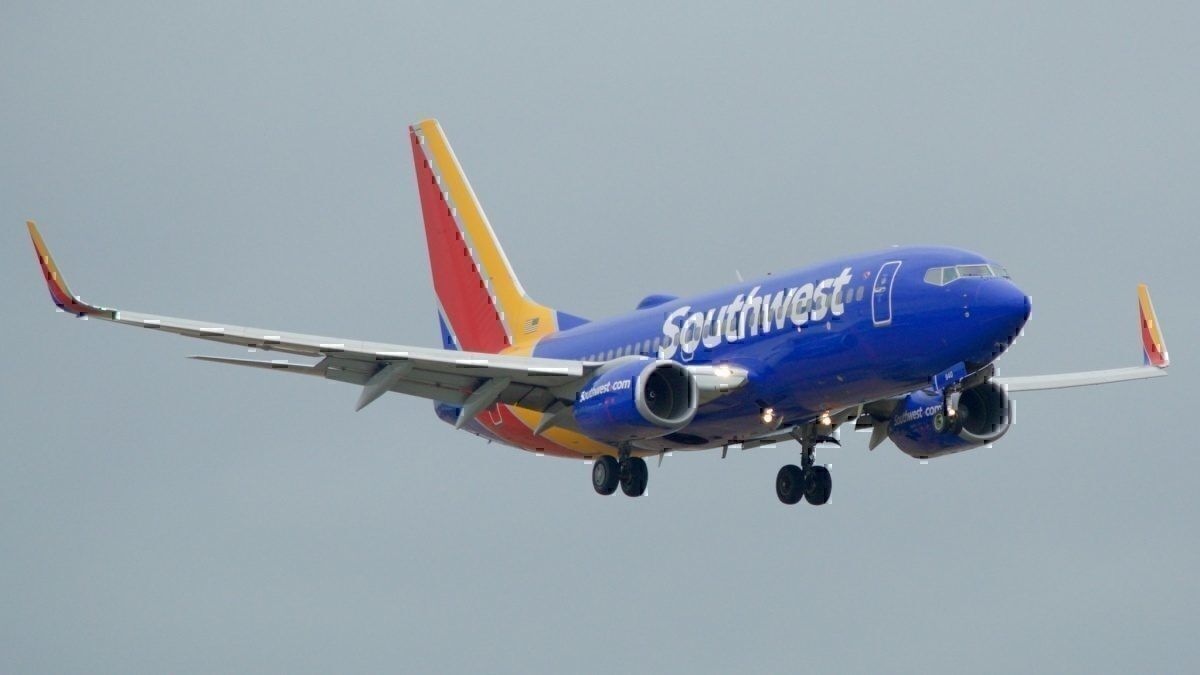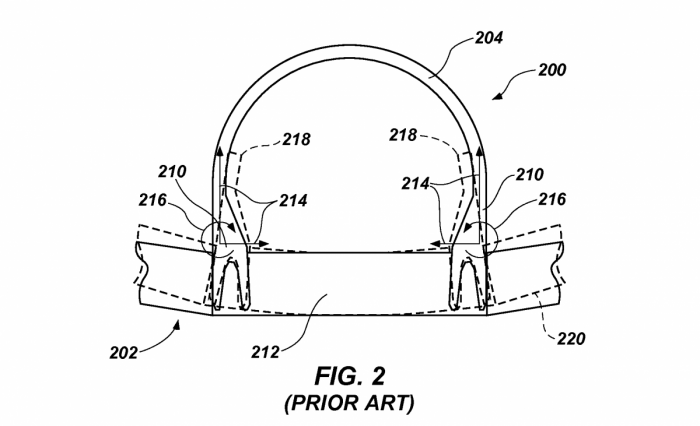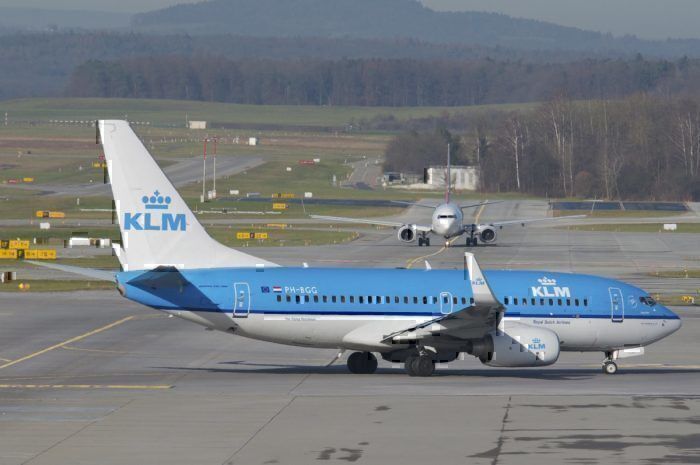The Federal Aviation Administration has issued an airworthiness directive for Boeing 737 NG types. Cracking issues have been recognised on a number of Boeing 737s which the FAA says “could adversely affect the structural integrity of the airplane” if not resolved.
The Aviation Herald reported yesterday on a new FAA airworthiness directive issued for Boeing 737-600, -700, -700C, -800, -900 and -900ER aircraft.
The new airworthiness directive aims specifically to address structural issues found in the “pickle forks”, structural components in the fuselage which attach the wings to the main body of the aircraft. The issue was first discovered during a passenger-to-freight conversion carried out on a number of Boeing 737-800s in September. The aircraft in question were found to have serious cracking in the frame fittings and the failsafe straps of the pickle forks.
The pickle fork components are designed to remain in operation for a lifetime of 90,000 flight cycles. But the components inspected in the aircraft in question had only completed between 35,578 and 37,329 flight cycles. This means they are showing signs of severe stress and potential failure not much over a third of their intended lifetime.
The airworthiness directive issued by the FAA specifically references the potentially severe implications of a failure of the pickle forks in-flight:
“If not addressed, could result in failure of a Principal Structural Element (PSE) to sustain limit load. This condition could adversely affect the structural integrity of the airplane and result in loss of control of the airplane.”
Implications of the airworthiness directive for airlines
The airworthiness directive will require airlines to inspect and repair any pickle fork components which show signs of cracking in accordance with the findings of the initial inspections. Inspecting and repairing a number of different Boeing 737 NG types will cost a significant amount of time and money.
The Boeing 737 NG is a very popular airframe, with American Airlines and United Airlines both operating more than 300 each. The FAA estimates that the new airworthiness directive will affect 1,911 aircraft registered in the US. Assuming a cost of $85 for a 1-hour inspection and $85 for a subsequent 1-hour report, assessment of all US registered Boeing 737 NGs would cost airlines $324,870.
However, this does not take into account the cost of subsequent replacement of components that are found to be defective, which would be much higher.
Bad timing for Boeing
As everyone is aware, Boeing has another big issue on its hands at the moment – the fall out from the worldwide Boeing 737 MAX grounding which was imposed back in March.
The manufacturer posted a record quarterly loss of $3.4 billion in Q2 of this year. The majority of this loss is attributed to the $5.6 billion which has been set aside for various payments to airlines and families of passengers who died in Lion Air Flight 610 and Ethiopian Airlines Flight 302.
Many airlines have announced their plans to seek extensive compensation from Boeing for the losses amassed as a result of the 737 MAX groundings.
The pickle fork inspections could unearth more problems for the manufacturer, depending on the severity of the issues uncovered.



